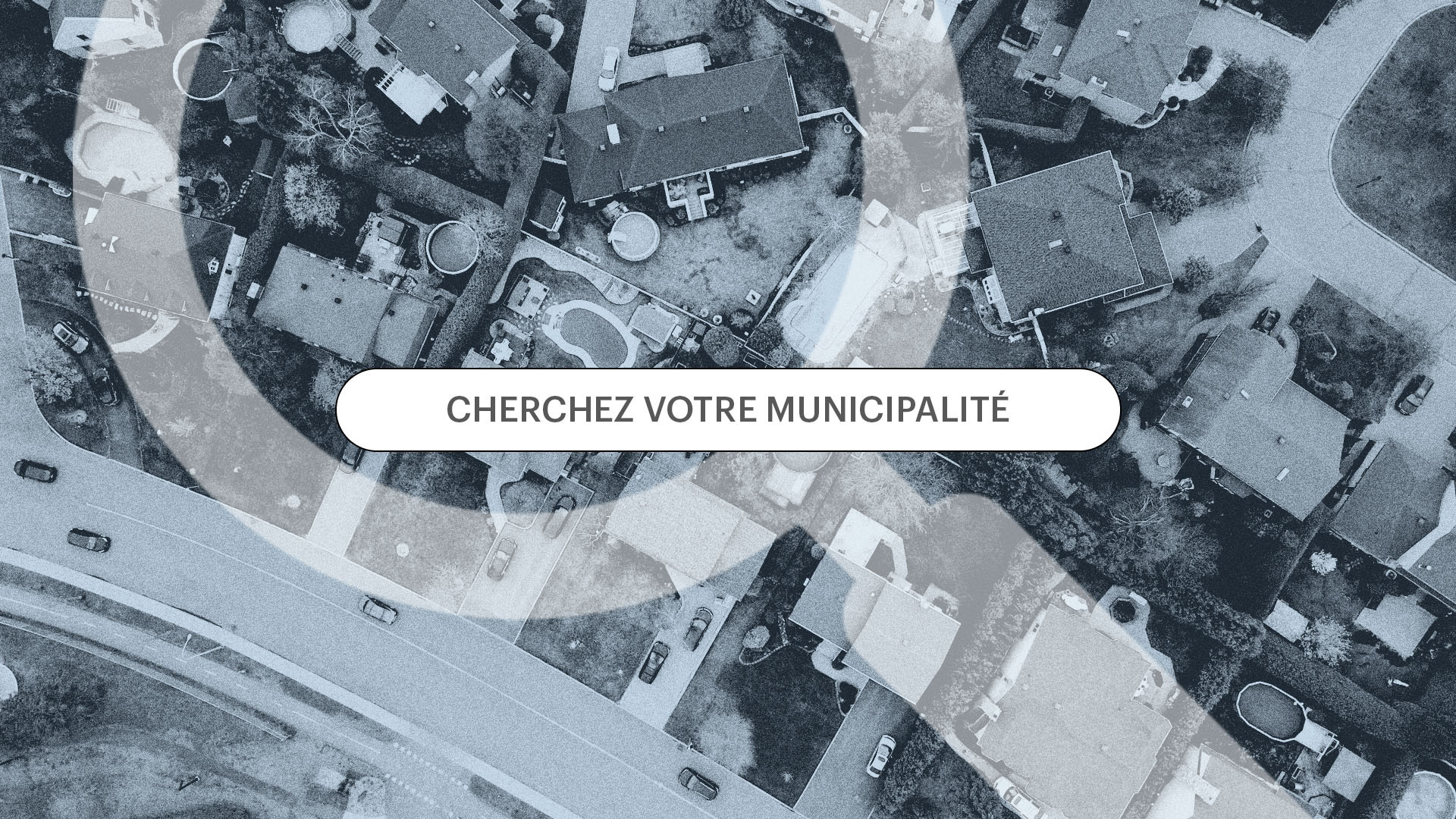The real estate craze caused by the pandemic has not had the same effect in all regions of Quebec. Over the past year, the suburbs of Montreal — on the North Shore as well as on the South Shore — experienced the greatest price corrections, like the Gaspésie and the Îles-de-la-Madeleine. In the Bas-Saint-Laurent, prices continued to climb.
“ With the consecutive increases in interest rates since last summer, prices have fallen by 19% between the peak of April 2022 and December 2022 ”, observes Charles Brant, director of the Analysis Service of the contract with the Professional Association of Quebec Real Estate Brokers (APCIQ). “ But since then, they have started to rise again. ” The average decrease in house prices in Quebec is thus only 4% between the first quarter of 2022 and that of 2023.
Despite the general trend, one out of ten transactions ended with overbidding at the beginning of this year. This is comparable to what we saw before the pandemic, so a lull compared to last year, when one out of two transactions was the subject of an overbid. “ We were at extremely high levels, even historic ,” notes the analyst.
Have property prices increase or on the contrary decreases near you? The duty obtained data on sales of single-family homes and condos made on Centris between 1er January and March 31 of 2022 and 2023.
Enter the name of your municipality below or click directly on your region on our interactive map to get an answer.
The greater Montreal region, readjustments on the outskirts
The island of Montreal seems altogether sheltered from the price corrections experienced by its suburbs. With the return to the office in hybrid or full-time mode, people are more careful when buying a house far from their place of work, notes Charles Brant. “ People are more rational. And many realized they weren’t cut out to live outside of urban centres. »
In the suburbs and at the extremities of the metropolis, prices, which have fallen, lead the expert to say that the jump experienced last year was probably too great. It is precisely in the suburbs of Montreal that the overheating was the strongest a year ago.
“ What we experienced during the second half of 2022 was a price correction resulting from the disappearance of the overbidding phenomenon for a while. This means that, suddenly, the prices paid have readjusted to the prices displayed ”, explains Charles Brant.
Among the places where there have been the greatest price corrections are, on the South Shore, Saint-Lambert (-35%) and Saint-Constant (-29%). On the other side of the metropolis, the Duvernay district (-25%), in Laval, and the La Plaine sector (-20%), in Terrebonne, have recorded the largest declines this past year.
On the contrary, the prices of property sales made during the first quarter of 2023 in the boroughs of Saint-Laurent and Ahuntsic-Cartierville were 21% higher compared to the same period in 2022.
At the resorts, it’s the calm after the storm

“ There are many people who are not made to live outside urban centres ,” recalls Charles Brant. Buying a property away from the city, an often emotional decision, does not turn out to be a good choice for everyone. Pandemic buyers thus turn into sellers when returning to the office becomes mandatory again. “People are more rational” about the choice of location for their new property, adds the analyst.
However, the majority of properties located in vacation resorts remain secondary residences. And people divest from these first if they face financial worries, for example because of high interest rates for a year.
This is why these sectors are less popular, believes Mr. Brant: people are more cautious and prefer to wait for the economy to stabilize before buying a second home.
This situation is particularly visible in the Laurentians, particularly in Sainte-Adèle (prices fell by 44%) and Mont-Tremblant (-30%), but also in the Gaspésie–Îles-de-la-Madeleine region (- 20%).
Bas-Saint-Laurent, where the crisis persists

A contrary phenomenon is occurring in Bas-Saint-Laurent, where a housing crisis is still raging. Faced with the low availability of residences, both for rent and on the resale market, prices continue to rise.
This crisis would be caused by the lack of housing, but also by the lack of places in residences for the elderly, according to Charles Brant. “ These residences are unable to continue to provide services due to inflation and labor shortages. Some are closing, which hinders seniors from putting their properties back on the market,” notes the director of the APCIQ.
Only the municipalities of Rimouski (+22%), Rivière-du-Loup (+10%) and Matane (-13%) crossed the minimum threshold of five sales per quarter for data analysis. On average, prices increased by 8% between the first quarter of 2022 and that of 2023, the strongest regional increase in Quebec.
